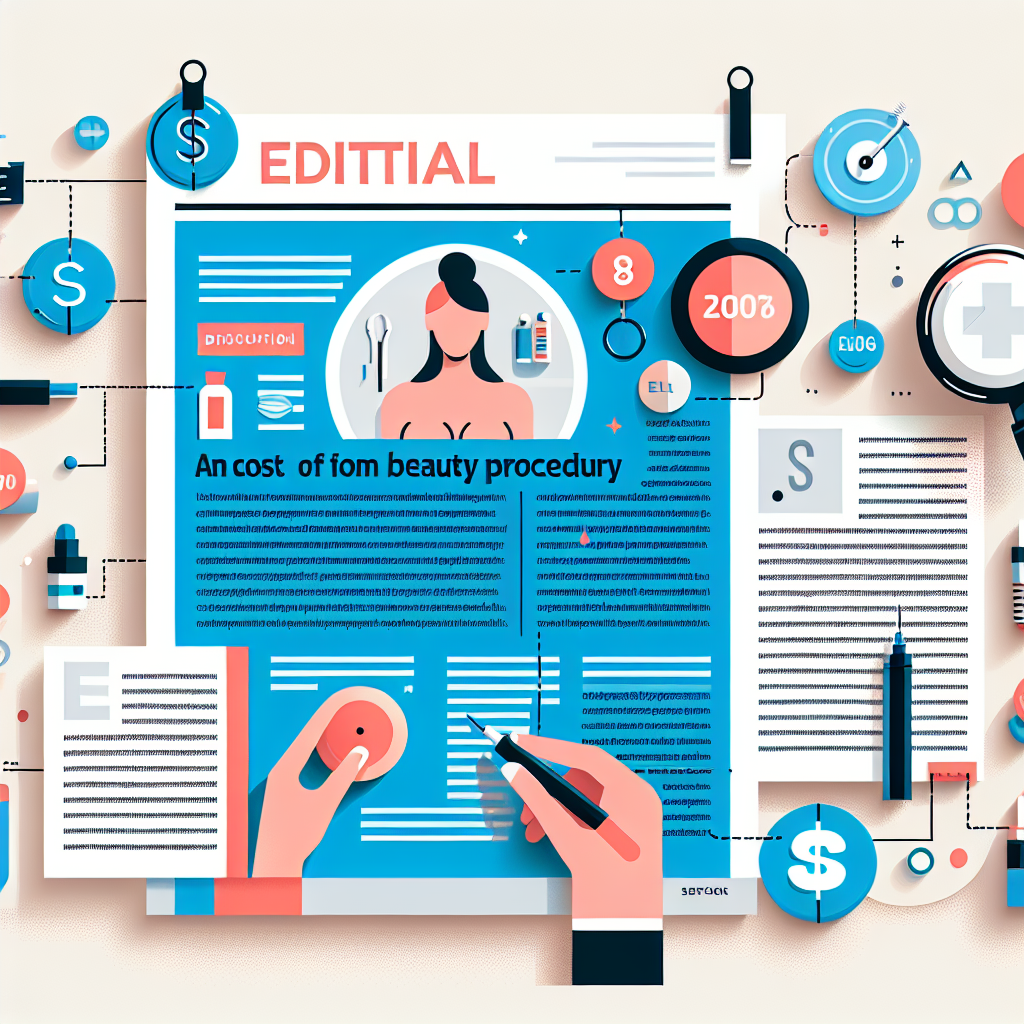If you’re considering dermal fillers smile lines, this article walks through what they do, who they help, likely side effects, and realistic downtime. Smile lines — often called nasolabial folds or laugh lines — are common as we age. Injectable fillers offer a non-surgical way to soften these creases and restore midface volume, but it’s important to understand benefits, risks, and aftercare before booking an appointment.
Dermal Fillers for Smile Lines: an overview
Dermal fillers are gel-like substances injected beneath the skin to add volume, smooth lines, and improve facial contours. Products vary by ingredient (commonly hyaluronic acid or HA), viscosity, and longevity. For laugh lines filler, clinicians usually choose a formula and injection depth tailored to the depth of the fold and the surrounding facial anatomy. The goal is a natural lift that blends with nearby tissues.
Benefits of using fillers for laugh lines
Fillers can provide several advantages compared with more invasive procedures. Benefits include immediate visible improvement, minimal recovery, and reversibility in many HA products (via hyaluronidase). Common outcomes patients report are smoother nasolabial folds, restored cheek volume that reduces shadowing, and a refreshed appearance without general anesthesia. Results typically last months to a couple of years depending on product and metabolism.
Potential risks and side effects
All cosmetic injections carry potential side effects. Minor, common complaints include temporary redness, bruising, swelling, tenderness, or mild asymmetry that usually resolve in days to weeks. Less common but more serious complications include vascular occlusion (when filler inadvertently blocks a blood vessel), infection, granuloma formation, or long-term lumps. Choosing an experienced, board-certified injector and discussing medical history reduces these risks.
Downtime and recovery: what to expect
One of the attractions of laugh lines filler is the brief downtime. Most people return to normal activities the same day or within 24–48 hours, avoiding strenuous exercise and alcohol for a short window to minimize bruising. Ice, gentle cleaning, and following post-care instructions help healing. Some swelling can persist for a week or more, and subtle settling of the product over two weeks is typical; final results are best judged after this period.
Who is an ideal candidate?
Good candidates are generally adults in good health who have realistic expectations and desire a modest, natural-looking reduction in nasolabial folds. Fillers are effective for age-related volume loss and dynamic lines that respond to tissue support. Patients with active skin infection near the injection site, certain autoimmune conditions, or unrealistic cosmetic goals may be advised against treatment or referred to alternative procedures.
How to choose a provider and product
Seek a licensed medical professional experienced in facial anatomy and complications management. Ask about their training, review before-and-after photos, and confirm which product they use and why. Hyaluronic acid fillers are commonly chosen for smile lines because many are reversible and have a long safety track record when used properly. Reliable sources like clinical reviews and reputable educational pages can supplement your research; for an accessible primer on dermal fillers see this overview from Wikipedia: Dermal filler — Wikipedia.
Cost, alternatives, and related options
Costs vary by region, provider, and product choice. Fillers are typically less expensive than surgical lifts but require maintenance treatments. Alternatives include fat grafting, which transfers your own fat to restore volume; for patients exploring fat-based procedures elsewhere on the body, you might find practical information in our article about fat transfer procedures, including cost and recovery: fat transfer breast augmentation: cost and expectations. Discuss longevity, side effects, and realistic outcomes for each option with your clinician.
Aftercare tips for better results
- Avoid vigorous exercise, heat exposure, and alcohol for the first 24–48 hours.
- Sleep with your head elevated for the first night to reduce swelling.
- Apply cold compresses for the first 24 hours to reduce bruising and discomfort.
- Follow your provider’s instructions and contact them promptly for any concerning symptoms like severe pain, worsening discoloration, or signs of infection.
- Takeaways
- Dermal fillers can soften nasolabial folds and restore facial volume with minimal downtime.
- Most side effects are mild and temporary; rare complications require prompt medical attention.
- Choose an experienced, licensed injector and set realistic expectations about longevity and maintenance.
Can filler for smile lines be reversed if I don’t like the result?
Many hyaluronic acid fillers are reversible with an enzyme called hyaluronidase, which your injector can administer to dissolve the product. Not all fillers are HA-based, so confirm the type used before treatment and discuss reversibility options.
How long until I see final results, and how long do they last?
Initial improvement is visible immediately, but swelling and settling mean final results are best judged after two weeks. Longevity depends on the product and individual metabolism—many HA fillers last 6–18 months; some longer-lasting options or repeat treatments extend duration.
Will fillers prevent future lines or is maintenance required?
Fillers restore lost volume and can mask lines but do not stop natural aging. Maintenance treatments are needed to sustain results. A combined approach with skin care, sun protection, and occasional touch-ups offers the best long-term appearance.






